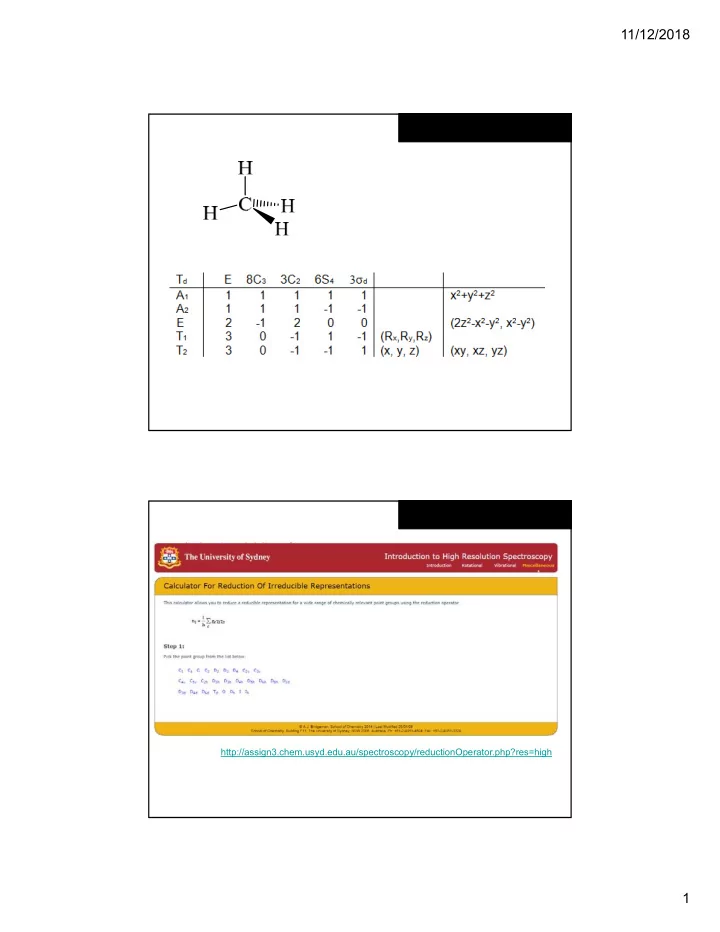

11/12/2018 http://assign3.chem.usyd.edu.au/spectroscopy/reductionOperator.php?res=high 1
11/12/2018 Write the best dot structure you can for NO 2 . NO 2 is a radical. Is the unpaired electron on nitrogen or oxygen? A. nitrogen B. oxygen C. NO 2 is not a radical 2
11/12/2018 3
11/12/2018 Predict the structure of PCl 2 F 3 ? Cl F F F F P Cl P F F Cl Cl A. B. C. Robert R. Holmes, Richard P. Carter Jr., George E. Peterson, Inorg. Chem. 1964 , 3 , 1748–1754. PCl 2 F 3 4
11/12/2018 PCl 2 F 3 all F equivalent 19 F 31 P coupling rapid fluctuation What is the structure of PCl 2 F 3 at ‒143 C? Cl F F F F P Cl P F F Cl Cl A. B. C. 5
11/12/2018 PCl 2 F 3 all F equivalent 19 F 31 P coupling rapid fluctuation 19 F 31 P coupling 19 F 31 P coupling red arrows show 19 F 19 F coupling Which hydrocarbon is more acidic? A. HCCH B. H 2 CCH 2 C. H 3 CCH 3 6
11/12/2018 http://www.chemguide.co.uk/inorganic/group7/properties.html 7
11/12/2018 The trend in HX gas-phase acidity, where X = F, Cl, Br, I, is due to... A. HX bond strength. B. the ionization energy of H. C. the electron affinity of X. D. more than one of these factors. 8
11/12/2018 9
11/12/2018 Se, 200 kJ/mol As, 120 kJ/mol Trends: The band gap (Δ E )... decreases down the periodic table. (Metallic nature increases as you go down the periodic table.) increases for AB as ΔEN increases. (AB becomes more ionic as ΔEN increases.) increases across (left to right) the periodic table. (Metallic nature decreases as you go across the periodic table; e.g. Al vs Si.) 10
11/12/2018 Acid-Base Models Arrhenius Theory acids increase the concentration of H + in water bases increase the concentration of OH ‒ in water Brønsted-Lowry Theory acids are proton (H + ) donors bases are proton (H + ) acceptors Lewis Theory acids are lone pair acceptors bases are lone pair donors Abridged version of Fig. 9.5 (p. 349, in Huheey 4e) The Irving-Williams effect 11
11/12/2018 12
11/12/2018 13
Recommend
More recommend